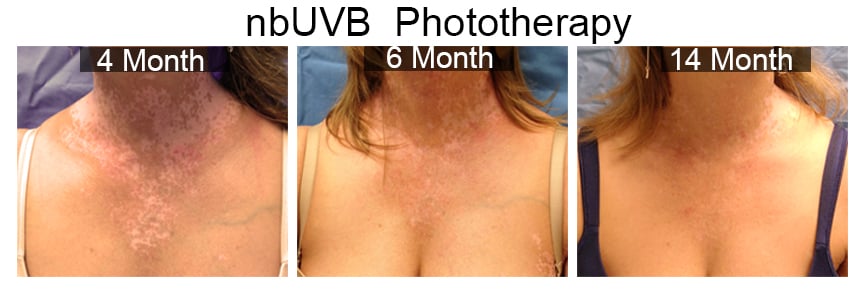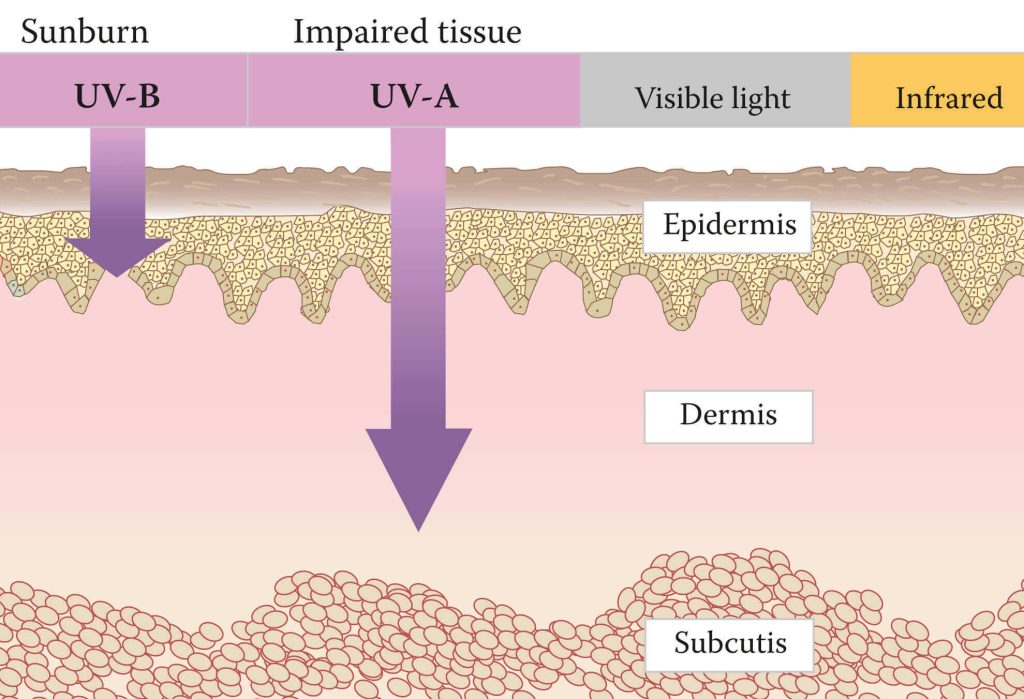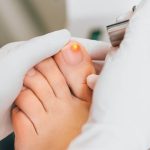Side Effects of UVB Treatment
UVB treatment, or ultraviolet B phototherapy, is a medical procedure primarily used for treating various skin conditions, including psoriasis, eczema, and vitiligo. While this treatment can be effective in managing these conditions, it is important to be aware of the potential side effects, which can vary depending on the individual’s skin type, the frequency and duration of treatment, and the dose of UVB radiation used.
Common Side Effects
- Skin Redness and Irritation: One of the most frequent side effects of UVB treatment is erythema, or skin redness, which is akin to a mild sunburn. This can occur during or immediately after treatment and usually subsides within a few hours to days. Mild skin irritation and itching may accompany this redness.
- Dry Skin: UVB treatments can lead to skin dryness, as the exposure to ultraviolet light can strip the skin of its natural moisture. This can be managed by using emollients and moisturizers to keep the skin hydrated.
- Tanning: Although some patients can tan when exposed to UVB light, this is a cosmetic side effect that may be unwanted by some individuals. The extent of tanning depends on the treatment frequency and individual skin response.
Less Common Side Effects

- Freckling and Hyperpigmentation: Some patients may experience freckling or a change in pigmentation, leading to dark spots or patches on the skin. This is due to an increase in melanin production as a response to UV exposure.
- Photodamage: Over time, repeated exposure to UVB radiation can lead to signs of premature skin aging, such as wrinkles and loss of skin elasticity.
- Photosensitivity Reactions: A rare side effect, photosensitivity reactions, can occur when the skin becomes more sensitive to light. This can lead to a rash or irritation when exposed to sunlight outside of treatment sessions.
Rare and Serious Side Effects
- Skin Cancer Risk: Long-term exposure to UV radiation is a known risk factor for skin cancer. While UVB treatments are typically administered in controlled doses to minimize risk, any UV exposure can potentially contribute to the development of skin cancers, including melanoma, basal cell carcinoma, and squamous cell carcinoma. It is essential to balance treatment efficacy with cancer risk, guided by a dermatologist.
- Eye Damage: If protective goggles are not worn during treatment, UVB radiation can cause damage to the eyes, leading to cataracts or other eye-related issues. Proper eye protection is critical during each session.
- Immune System Suppression: Although exposure to UVB light can help reduce inflammation by modulating the immune response, excessive treatment may lead to an overall suppression of the immune system, making individuals more susceptible to infections or diseases.
Mitigating Side Effects

- Personalized Dosage and Monitoring: It is crucial to tailor the UVB treatment dose to the individual’s skin type and condition, ensuring that it is both effective and safe. Close monitoring by a healthcare professional can help adjust the treatment plan in response to any side effects.
- Supplemental Skin Protection: Patients receiving UVB treatment should be advised to protect their skin from natural sunlight to reduce cumulative UV exposure. Wearing broad-spectrum sunscreen, protective clothing, and hats can help protect against further UV damage.
- Eye Protection: To minimize the risk of eye damage, using specialized goggles specifically designed for UV protection during each session is non-negotiable.
- Hydration and Skincare: Patients should be encouraged to keep their skin well-moisturized and hydrated to counteract dryness and irritation. Using gentle, fragrance-free products can reduce the likelihood of exacerbating side effects.
When to Seek Medical Advice
While UVB treatment can be beneficial for managing chronic skin conditions, patients must remain vigilant about any new or worsening symptoms. Immediate medical consultation is advised if severe skin burns or blisters develop, or if there are significant changes in moles or the appearance of new skin lesions. Regular follow-ups with a dermatologist are also recommended to monitor the effectiveness of the treatment and make necessary adjustments to the treatment plan.
Understanding the potential side effects of UVB treatment allows patients and healthcare providers to weigh the benefits against the risks. With careful management and adherence to safety protocols, many patients can safely benefit from UVB therapy while minimizing adverse effects. Always discuss any concerns or questions with a healthcare provider to ensure that UVB treatment is the most suitable option for addressing specific skin conditions.

Silvia Malgot is a renowned author and expert in the fields of skincare and beauty, with over a decade of experience researching and writing about effective treatments, holistic approaches, and innovative technologies. Her passion for empowering individuals to feel confident in their own skin has driven her to explore cutting-edge solutions and timeless traditions in skincare.
Silvia has contributed to several leading health and beauty publications, providing insights into trends, product recommendations, and practical advice grounded in science. Her approachable yet detail-oriented style has made her a trusted voice for readers seeking clarity in an overwhelming industry. When she’s not writing, Silvia actively participates in workshops and seminars, sharing her knowledge and inspiring others to prioritize self-care through sustainable, informed practices.


